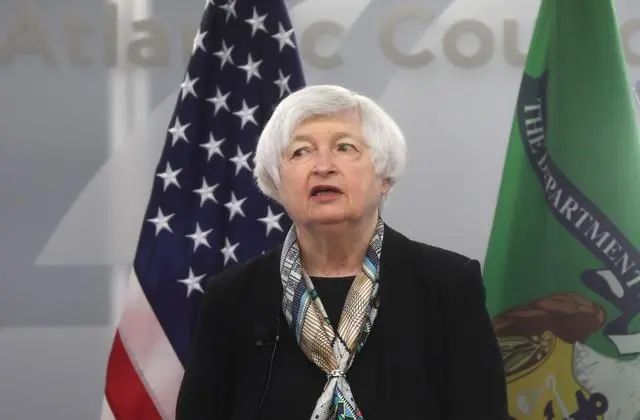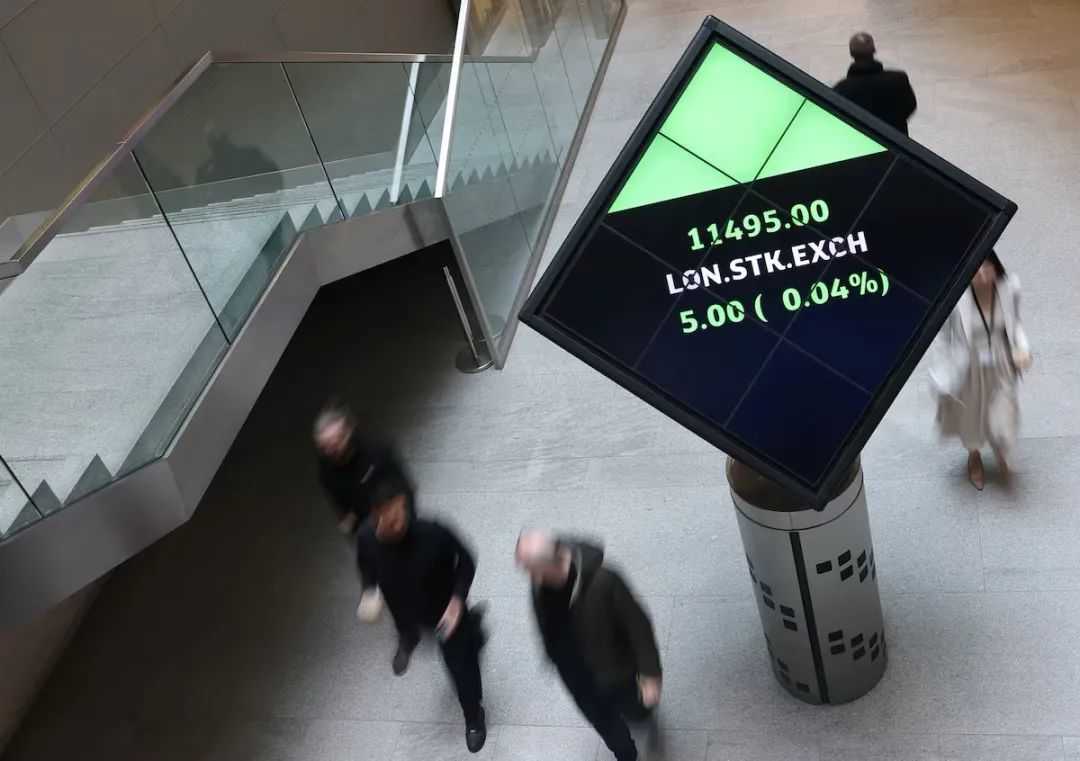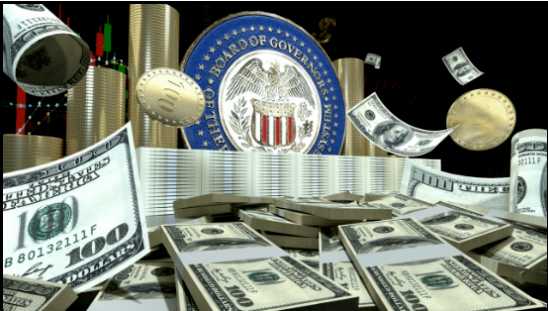Japan's manufacturing sector has been in a continuous slump, with the PMI remaining below the boom - bust line for 10 consecutive months. In April, it recorded 48.7, and the new orders index saw its largest decline in 14 months. Weak demand from China, the US, and Europe, along with US tariff shocks, have significantly hit core export categories such as automobiles and semiconductors.
Japan's Economy Faces Double Pressure: Manufacturing Contraction and Halted Central Bank Policy Shift
Japan's manufacturing sector has been in a continuous slump, with the PMI remaining below the boom - bust line for 10 consecutive months. In April, it recorded 48.7, and the new orders index saw its largest decline in 14 months. Weak demand from China, the US, and Europe, along with US tariff shocks, have significantly hit core export categories such as automobiles and semiconductors. Business confidence has plunged to its lowest level since June 2020. Although the growth rate of input costs has slowed, high transportation, fuel, and labor costs persist, and there are no signs of recovery on the demand side. S&P Global warns that the industry's difficulties may continue until the third quarter.
Source: Images from the Internet, if there is any infringement, please contact the removal of
The Bank of Japan (BOJ) sharply cut its 2025 fiscal year GDP forecast to 0.5% from 1.1% on May 1st and kept the policy rate unchanged at 0.5%. It admitted that Trump's tariffs, which have triggered a global trade contraction, will severely damage Japanese corporate profits. BOJ Governor Kazuo Ueda said that even if progress is made in the Japan - US tariff negotiations, the impact will still be "significant", suggesting that the rate - hike process may be delayed. The inflation outlook is also worsening, with the core CPI expected to fall to 2.2% in 2025 and further to 1.7% in 2026. The timetable for achieving the 2% inflation target has been postponed by about a year to around 2027.
Japan's policy - makers are in a dilemma. Maintaining loose policies may aggravate the pressure on the yen's depreciation, while aggressive rate hikes will hit domestic enterprises with high debt. As the US and European central banks may shift to rate cuts in June, the risk of a "policy - isolation effect" in Japan's monetary policy is rising, which may lead to increased volatility in the capital market.






